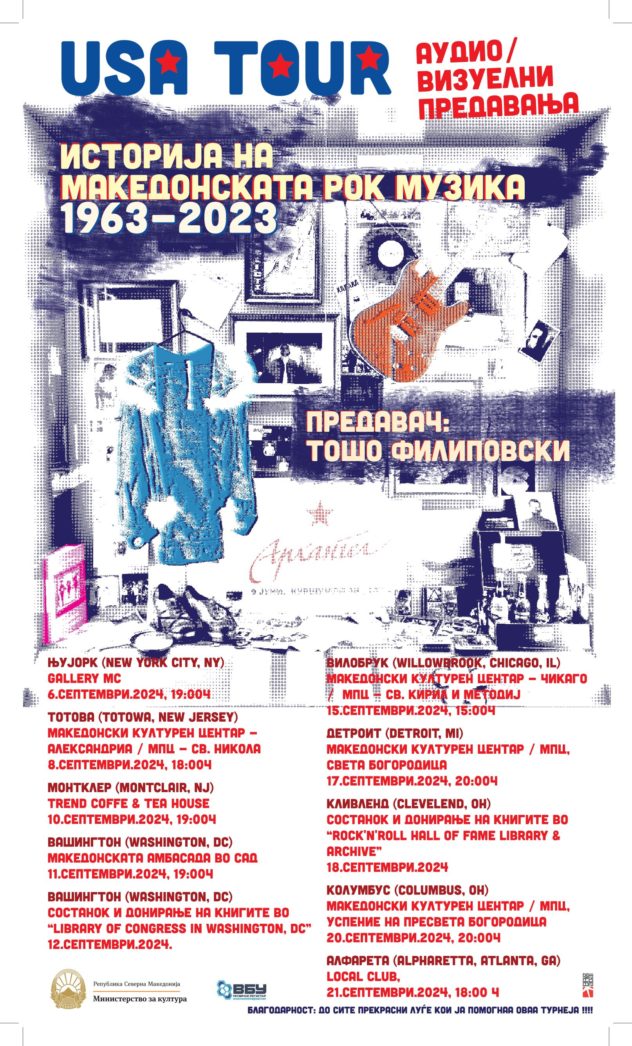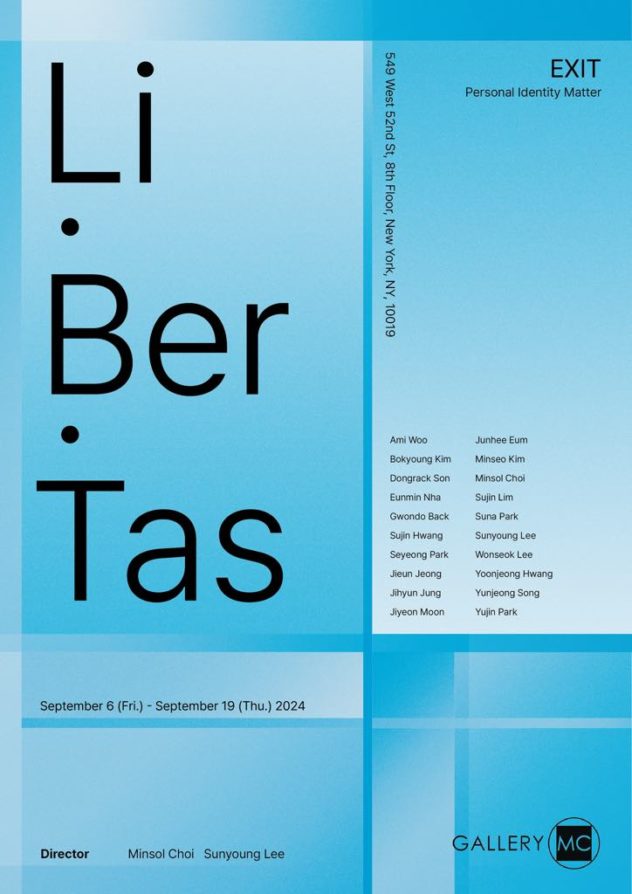Waiting for Eternity: Towards the Exhibition “Adam’s Cry” by Nikola Pijanmanov
Thursday, August 15th from 6 to 8 pm: Reception for the Artist in Residence
Nikola Pijanmanov’s art expresses his “Philosophy of Life” which naturally incorporates his vocation as an academic painter. Thematically, Pijanmanov resists the currents of the contemporary world:most of his works explore religious, and even Biblical, subjects. This exposes him to charges of being concerned with outmoded questions, something of which Pijanmanov is fully aware. He takes it into account in his work.
For him. there can never be “outmoded” art; on the contrary, art’s greater danger is an “ephemeral trending”. From a chronological perspective, the quality of an artist’s output mayonly be judged over time. Generations in the decades, and even centuries to come will be the ones to assess how deserving his oeuvre is of the epithet of “art”. In the meantime, the artists’ task is simply to commit to the creative work at hand.
The Biblical perspective in Pijanmanov’s paintings isanything but monothematic. It is informed by the polythematic interests of the artist. Literature, music, film, Theology, Philosophy, as well as the works of other artists all play an intertextual part work.
This is the case with the paintings assembled for the exhibition “Adam’s Cry”. The titles of the exhibition, the works, as well as the subject matter, represent a kind of manifesto for the “condition of humanity.”Adam is the archetype of all who have lived, are living and will live.Their common denominator for all, whether born in the past, present or future, is death. Betweenbirth and deathstands the line-segment of life. The Condition of humanity” is actually the“condition of human life”.
HUMANITY’S CONDITION
How then do we see this exhibition portraying this condition? Seven of the twelve paintings share titles with the exhibition. Adam is shown to be in despair. Borrowing elements from expressionism and of contemporary figurative art, Pijanmanov uses broad strokes, decisive and expressive. Red and purple dominate while the tones are dark and with a strong contrast, suggesting profound, introspective emotions. The amalgam of style, technique and palette depicts pain, suffering, exclusion, sorrow, inconsolability, and unforgiveness. Adam is captured in dramatic postures or movements which convey the stress and agonies of an existential crisis. They testify to Pijanmanov’s creative imagination and skill, as well as his broad erudition. Although the human figures are stylized, elongated, distorted and exaggerated, there is enough realism in them to detect the described strong emotions. It can be said that all art depicting human subjects, the sensible in the paintings is in service of the intelligible. In Pijanmanov’s art this is especially emphasized. Through the physical, Pijanmanov accents psychological reality. The body expresses the state of the soul, and the face the state of the mind.
Human figures dominate the works’ composition, such thatthere is little background to distract. The viewer is invited to enter the psychological condition of the subject matter. However, the works also represent a cry for help. They depict isolation and alienation, but most of all claustrophobia. The figures are ensnared and imprisoned. The question is thus provoked: can there be an escape?
Thus the great anthropological questions of human significance are posed.Pijanmanov’s paintings confront human vulnerability, which he demonstrates do not simply affect the impoverished majority but the entire human race. However, he insists that amid humanity’s existential uncertainty, there remains one universal certainty:mortality.
SHAME
Pijanmanov’s expressionism and figuration evoke the works of Francis Bacon, Edvard Munch, Egon Schiele, Amedeo Modigliani, and Frida Kahlo. However Pijanmanov never suggests an ontological or an eschatological appeasement with the real condition of humanity. Pijanmanov rejects nihilistic existentialism. Adam for Pijanmanov is no mere mythologicalarchetype or metaphor for the collective humanity. He is the first man created in the image of God. The fall of Adam into sin injects tragedyinto the human condition, as is confirmed by the other paintings in the show. We see in them a state of shame and traumatic waiting. The impression is rounded by the painting entitled “Fallen Angel”.
Feeling of shame is not popular today. But it marks our ancestors’ first realisation after the Fall that they are naked. According to the Bible the first emotion after the fall into sin is shame. It is precisely Pijanmanov’s composition that directs to this primordial feeling putting the palms over the face of the figure. In this way the author creates a focal point that “teases” the gaze of the viewers. The impression is strengthened by the quick strokes of the brush giving to the static figure a dynamic feeling of a movement just finished. Specifically, because shame is linked with sight, the palms concealing the face dramatically evoke the recognition of nakedness. Dark shadows of black of purple dominate the background; and yet simultaneouslythe palms are lit up with the warm sun colors of red, orange and yellow. By contrasting these with white evoking rawness and vulnerability, Pijanmanov captures the anthropological paradox.Amid the pain, there is intimacy and hope. Having in mind the Biblically inspired themes, hope is hope for redemption of the world.
WAITING
Waiting in hope for redemption is an important part of New Testament’s eschatology. In the Gospel of Matthew Jesus says, “But the one who endures to the end will be saved”. However this “endurance” does not mean a passive acceptance of the current condition of the fallen humanity. Evangelist Luke writes about the beginning of Jesus Christ’s public ministry with the following words, “The Spirit of the Lord is upon me, because he has anointed meto proclaim good news to the poor. He has sent me to proclaim liberty to the captivesand recovering of sight to the blind, to set at liberty those who are oppressed. ”The ‘waiting’ pictures—”In the Waiting Room,” “Eternal Waiting”, and “The Man Who is Waiting”—offer a critique of a world in which there are still those who are poor, captive, blind and oppressed. In that context the artist himself for “Adam’s Cry” as a whole writes, “If the old Adam was waiting in the desert of the paradise lost and was crying for the garden of eternal life, the new Adam is convoluted in pain and apathy on the benches in the hospital waiting rooms and of the social services and employment bureaus. By the “old Adam” here Pijanmanov is not alluding to the Apostle Paul’s meditation about Christ as the “new Adam”. Rather, he is referring to the contemporary condition, with its terrifying postmodern amalgam of radical individualism, heartless neo-liberal globalism and corrupted concentration of power. This is however not a statement about the “objective” perception of reality that demands an “unrelenting despair”. This is true for other intelligent beings such as angels. With the painting “Fallen Angel”, Pijanmanov gives a hamartiological commentary on sin as an alienation from God. Even in principle “spiritual” beings such as angels suffer from alienation from God when they fall away from Him. Pijanmanov depicts the angel anthropomorphically adding to the human figure black wings emphasizing his artistic and Theological anthropocentricity.
“In the Waiting Room” and “Eternal Waiting” have a similar composition. The former suggests a dungeon, the latter a desert. There is no escape from either. “The Man Who is Waiting” goes along with the emotional charge of the whole collection of paintings of this exhibition. What “jumps out” is the golden background and the gold tones of the palms. One of them is almost completely golden. In this painting, I believe, Pijanmanov “hides” an anthropological paradox similar to that of van Gogh with the painting with two titles, “Sorrowing Old Man” and “At Eternity’s Gate”.Pijanmanov and van Gogh share a common anthropology. Both are agitated by the injustices and exploitation committed by corrupted power, and both believe that there is an exalted divine providence for humanity.According to van Gogh, in Man “…there is something noble, something great that cannot be destined for the worms.”According to Pijanmanov art’s primary role is to ennoble humanity. In one place he says, “Art is faith! It changes people from the inside quicker than education. There is something prophetic and missiological in art. It is a spiritual determination.” “Adam’s Cry” articulates such spiritual determination with greatpassion. The composition and the paletteof the “Man who is Waiting” is a “manifesto” of this determination. Sorrow, pain, loneliness, alienation, dominate the painting. But this man, like van Gogh’s figure, stands at eternity’s gate. This is anticipated by the golden color used in iconography to indicate God’s essence. Once the hypostatic unity of Christ as divine and human is accomplished, all human nature can participate in the divinity based on God’s grace. Thus, “Eternal Waiting” is transformed into “waiting for eternity.”
Until this is realized, “Adam’s Cry” will be heard, the collective protest of human nature against all “waiting” in the dark corridors of malicious centers of power that take the Earth, human beings, and all living creatures in general as a resource for their own goals and interests.
In “Adam’s Cry”, Pijanmanov communicates the cry of the whole world. But this is not only a cry for transformation. It is a sign of unyielding hope that God will “…Wipe away every tear from their eyes, and death shall be no more, neither shall there be mourning, nor crying, nor pain anymore, for the former things have passed away.”
“Adam’s Cry” is the artist’s prophetic and missiological symbol for the first Adam who cries and for the second Adam – Christ who exclaims “Behold, I am making all things new.”
Dr Kosta Milkov
Balkan Institute for Faith and Culture


